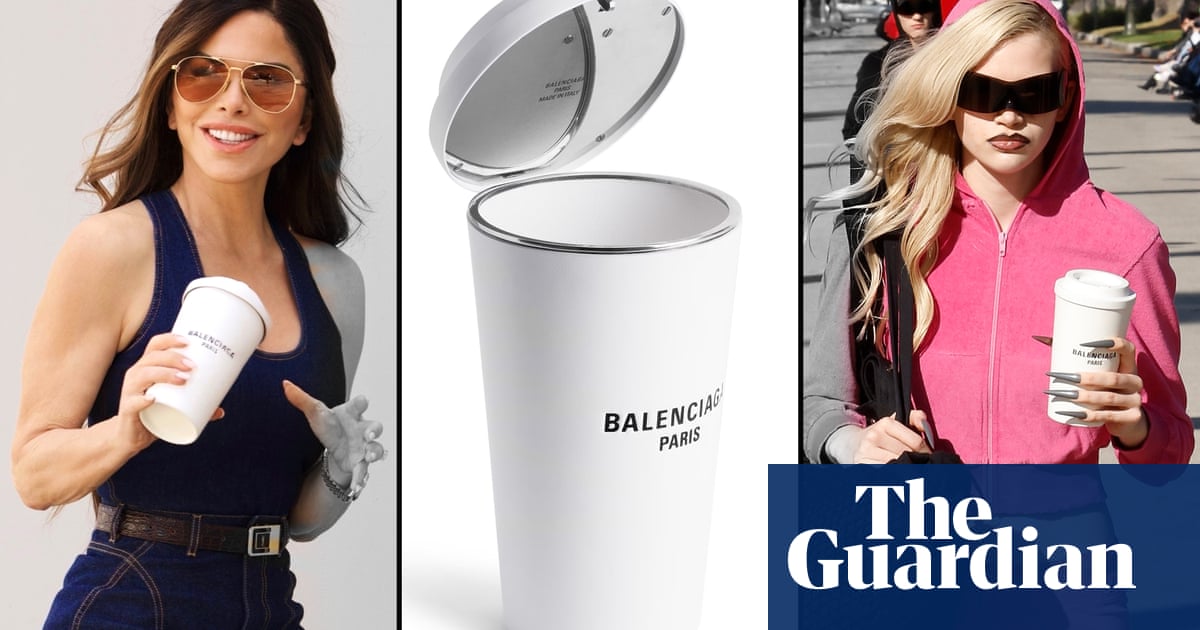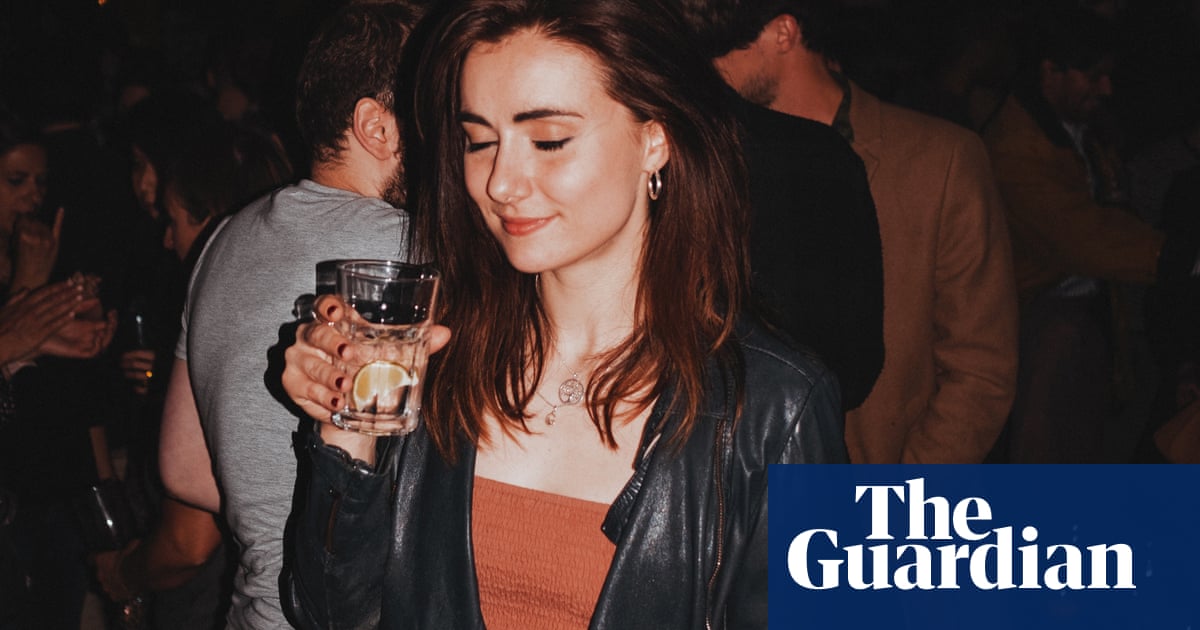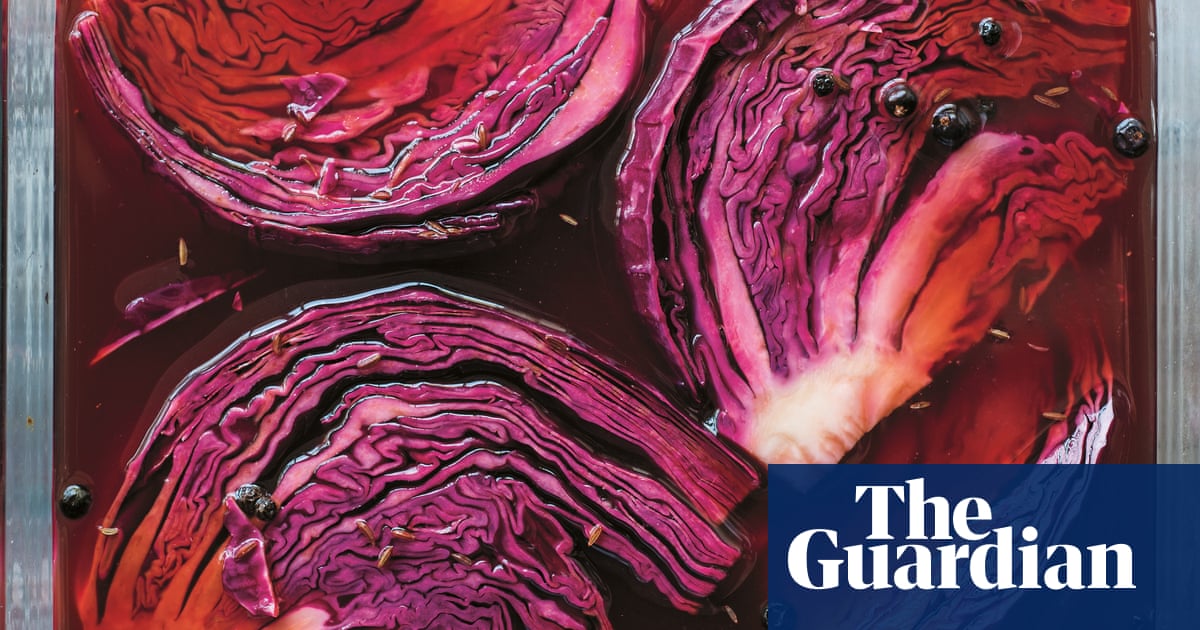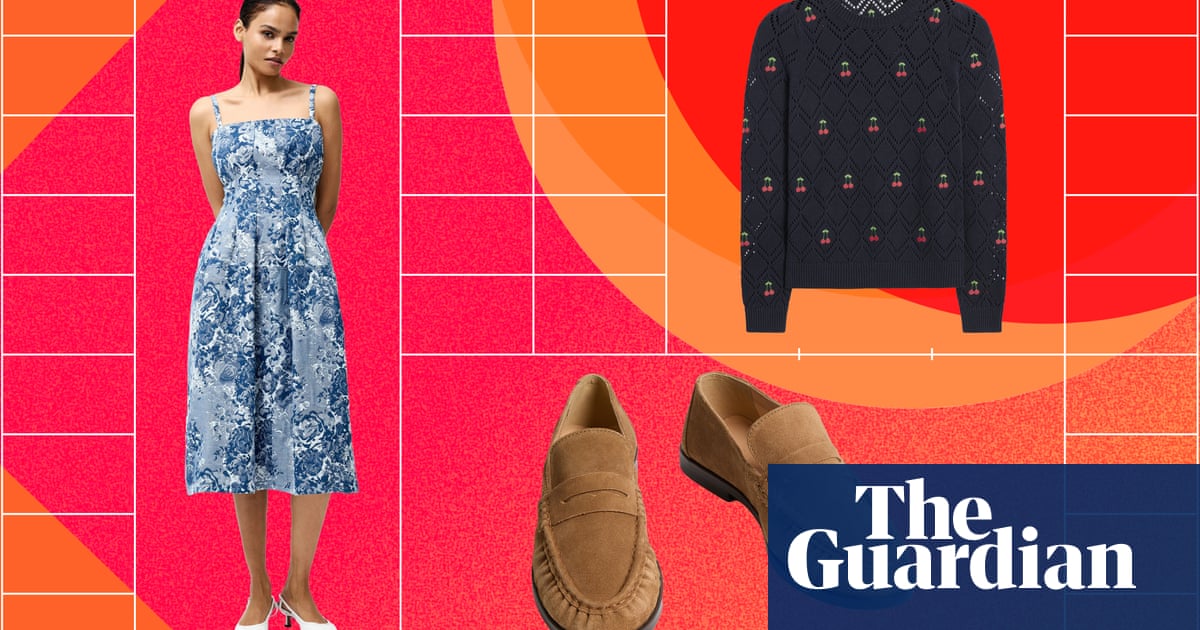Lauren Sánchez attended a meeting in LA recently carrying a cup of coffee. So far, so unnewsworthy. But what first appeared as her morning caffeine fix was, in fact, a luxury handbag. The Balenciaga design, which is crafted from calfskin, sells for about £4,346.60 more than the average takeaway coffee in the UK.
It mimics the reusable Balenciaga coffee cup – made of porcelain and polypropylene, it sells for £85 – and throwaway vessels.
Sánchez, a former journalist who is engaged to Jeff Bezos, is not alone in opting for an accessory that mimics a consumer good but retails for several thousand pounds more. The supermodel Gigi Hadid recently wore a £1,541 Moschino vintage leather handbag made to look like a carton of orange juice. The brand also offers a clutch in the shape of celery. There is a Louis Vuitton bag designed to resemble a paint can (£1,980), as well as crisp packet bags, also from Balenciaga – spicy chilli, salt and vinegar, or cheese and onion (£1,450). Looking to more UK-centric consumer goods, Anya Hindmarch has built a business out of the model. Her Frosties, Perelló olives and Lea & Perrins bags are priced at up to £1,300.
According to Iain R Webb, a writer, curator and professor of fashion and design at Kingston school of art in London, this is not new. “Historically, fashion has always appropriated the common place and utilitarian,” he said, citing “Marie Antoinette dressing up (or down) like a shepherdess” and the £185 T-shirt from the luxury label Vetements riffing on the global logistics company DHL.
But Orsola de Castro, an author and a cofounder of the activist group Fashion Revolution, thinks these consumer product-mimicking designs are best relegated to the past: “This kind of thing stopped being relevant after Andy Warhol did the Campbell’s soup tins. Then it made sense. Then it had a rebellious spirit. Then it was making a point.”
She added: “If the coffee cup had existed then, the depiction of a coffee cup bag would have been some kind of a statement on plastic or on the unnecessariness of it all. But now it is simply just vulgar.”
The optics of Sánchez, who as an author, pilot and Emmy award-winning journalist reportedly has a net worth of more than $30m (£23m), carrying a mundane object given a mogul makeover are particularly loaded. Dr Gaby Harris, a lecturer in fashion cultures at Manchester Metropolitan University, sees “coded within these items … the privilege of the wealthy to engage with mass consumption while retaining exclusivity”.
And with coffee prices at a record high, the play on a cup has even more significance than, say, a head of celery might. “We are observing the inflation of goods while incomes remain stagnated. Thus, everyday staples such as coffee bear greater expense while top earners continue to amass wealth,” said Harris.
after newsletter promotion
The coffee cup bag chimes with the confusing current status of status. There is the rise of boom boom, the aesthetic of 80s-style greed and conspicuous consumption, that has been in the ascendant since Donald Trump returned to office. “Sadly,” according to Webb, “politically and economically we are witnessing a reflection of the 1980s, so it is not surprising that the showoff aspect of conspicuous consumption should again raise its ugly head: fashion that is as flash as its price tag, fashion that says: ‘I have loadsamoney’.”
But the picture is nuanced. As Sean Monahan, the trend forecaster who coined boom boom, recently said: “The American elite is in flux. For a long time, it was about people not wanting to flaunt wealth … Now, it’s unclear where people are in the status hierarchy.” In this context, a luxury handbag in the shape of an everyday cup of coffee makes a certain topsy turvy sense.










